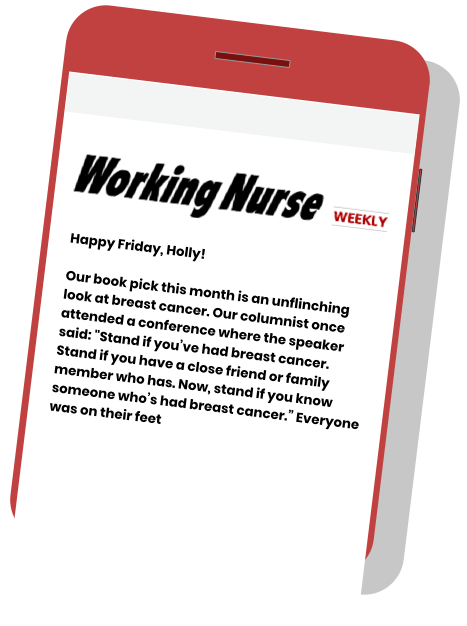Nursing Book Club
Hidden Valley Road by Robert Kolker
Schizophrenia and the eternal question of nature vs. nurture

To say that the story of the Galvin family is unusual is an understatement. The parents, Don and Mimi, were born out West in the 1920s. Both were children from unusual families who married young and shared the goal of raising a large, close-knit family of their own during the Baby Boom years.
The Family Curse
Between 1945 and 1965, they had 12 children and lived in a style that supported their Catholic drive for a perfect family.
This background is part of what has made the Galvin family so interesting to scientists looking to study what made it all go so wrong. It’s not a spoiler to say that this is a case study of schizophrenia, which eventually afflicted six of the Galvins’ 12 children.
As more and more of their children developed symptoms, the family had to cope the best they were able. The Galvins allowed themselves to be studied by NIMH and even gave blood samples, hoping for answers to their family curse.



